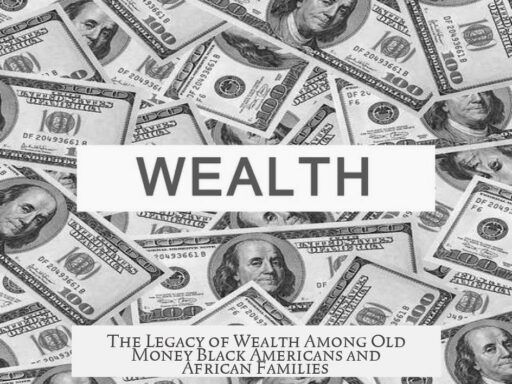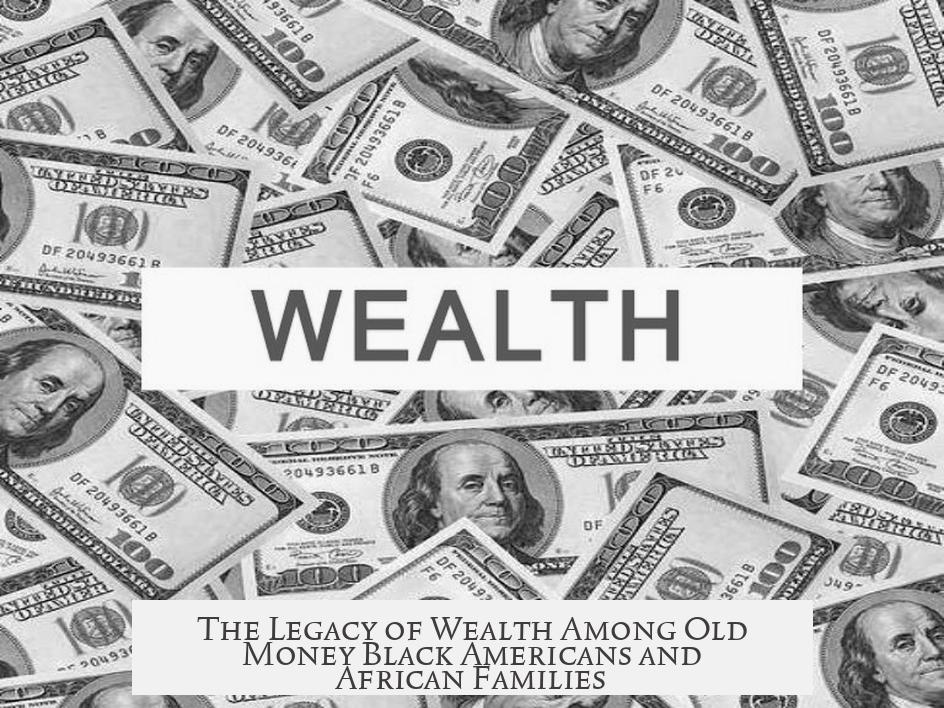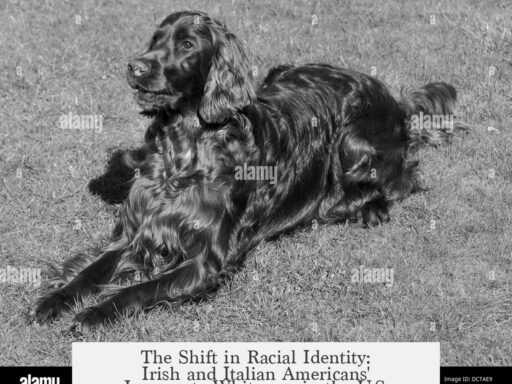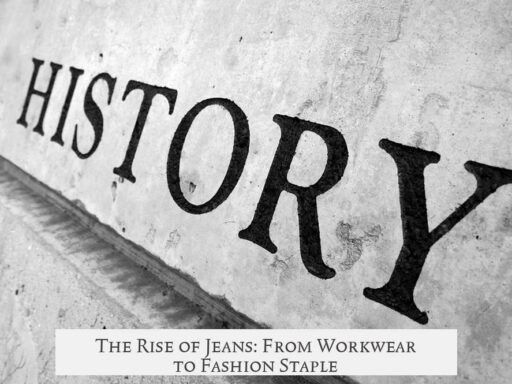“Old money” Black Americans and African families exist primarily due to a combination of historical circumstances, entrepreneurial success, and limited but meaningful wealth retention across generations despite systemic barriers. Their legacy includes well-established families dating back to free Black communities in the Revolutionary era, entrepreneurial wealth built in segregated economies, and connections to African diasporic philanthropy and repatriation efforts.
In cities like Boston, a recognized Black upper class arose as early as the 18th century. Sociologist Dr. Adelaide Cromwell, in her work The Other Brahmins: Boston’s Black Upper Class 1750-1950, documents families tracing lineage to free Black individuals from the Revolutionary War period. These families formed a social elite comparable in social capital, though not wealth, to White “Brahmins” of Boston. Wealth alone did not define this class. Instead, factors such as longevity in the city, respected professions (lawyers, doctors, ministers), and membership in sororities, churches, and fraternal organizations strongly influenced social standing.
In the mid-20th century, Cromwell observed that Black professional families often earned incomes comparable to White families, but their assets such as home values tended to be lower due to systemic discrimination. Despite this, their involvement in multiple social networks like Elks lodges and church groups was greater, reflecting tighter-knit communities necessary within segregated society.
Parallel to these established families, entrepreneurial Black Americans built significant wealth through businesses serving Black communities during segregation. Segregated economies created enclaves like Tulsa’s Greenwood District, founded by O. W. Gurley, who invested heavily in Black-owned property and commercial buildings. Though the 1921 Tulsa Race Massacre destroyed this wealth, the district remains a historic example of Black wealth creation.
Similarly, business leaders like Annie Turnbo Malone and Madam C.J. Walker capitalized on the unmet needs of Black consumers, creating multimillion-dollar beauty empires. Their success was unique in leveraging segregation’s constraints to establish thriving enterprises that catered specifically to Black clientele.
Throughout history, Black millionaires such as Mary Ellen Pleasant—who amassed wealth during the California Gold Rush—and Robert Reed Church, founder of the first Black-owned bank in Memphis, also exhibited patterns of wealth creation coupled with strong commitments to civil rights and philanthropy. This philanthropic focus often involved reinvesting wealth into community advancement rather than preserving generational legacies typical of White “old money” leisure classes.
| Notable Historical Black Wealth Figures | Contributions |
|---|---|
| Paul Cuffee | Wealthy shipowner; facilitated Black American resettlement in Sierra Leone (1815) |
| James Forten | Inventor and sailmaker; supported abolitionist causes in Philadelphia |
| O. W. Gurley | Developer of Tulsa’s Greenwood District; lost wealth due to 1921 massacre |
| Annie Turnbo Malone | Beauty product pioneer; built multi-million-dollar business empire |
| Mary Ellen Pleasant | Gold Rush-era entrepreneur and abolitionist philanthropist |
These examples underline how Black wealth, while significant and sometimes generational, was often vulnerable to destruction from racial violence, discriminatory housing policies, and limited access to mainstream financial systems such as mortgages and insurance. Black families faced systematic exclusion from the kinds of wealth transfer common in White families. Studies show only 13% of Black Americans historically receive inheritances versus nearly 35% for White Americans, and median transfer amounts are also lower.
Despite these barriers, recent demographic trends indicate growth in the affluent Black population. Over the past five years, Black households with incomes above $125,000 increased by approximately 65%, outpacing the general population’s growth of 53%. This emerging wealth adds to a small but real base of long-standing Black wealth.
When considering “old money” among African families, it overlaps with Black American history through figures like Paul Cuffee, who had African heritage and engaged in early Black nationalist and repatriation movements. African American economic legacies connect transatlantically to communities in Africa, highlighting a broader diasporic dimension to wealth and social status.
The wealth disparity between Black and White Americans remains substantial. Black households have around 23 cents for every dollar White families own. The racial wealth gap has grown over the last several decades, reflecting persistent systemic inequalities in income, employment, housing, and credit access.
In sum, “old money” Black Americans and African families exist because of:
- Historical free Black families forming early social elites in northeastern U.S. cities
- Entrepreneurial success within segregated sub-economies
- Philanthropic legacies emphasizing community uplift over leisure-class wealth preservation
- Resilience despite systemic barriers including segregation, violence, and financial discrimination
- Increasing recent wealth accumulation among affluent Black households
- Connections with African diasporic history and economic agency
This complex history explains why Black “old money” families are relatively rare compared to White counterparts but remain a valid and important part of American and African heritage.
- Boston’s Black upper class stems from free ancestors dating to the 1700s, emphasizing social networks over pure wealth.
- Segregated economies enabled pioneering Black entrepreneurs to build substantial businesses.
- Black wealth accumulation often focused on philanthropy and civil rights, limiting the creation of a leisure class.
- Historic wealth transfer rates remain lower for Black families due to systemic racism.
- Recent growth in affluent Black households shows emerging new wealth alongside historic legacies.
- African connections, such as Paul Cuffee’s repatriation efforts, add depth to the definition of Black “old money.”



